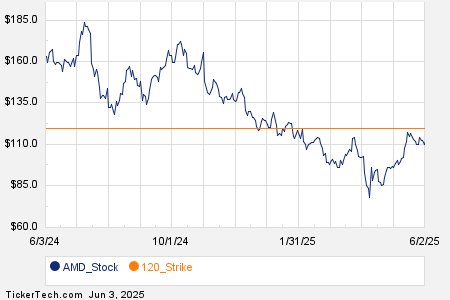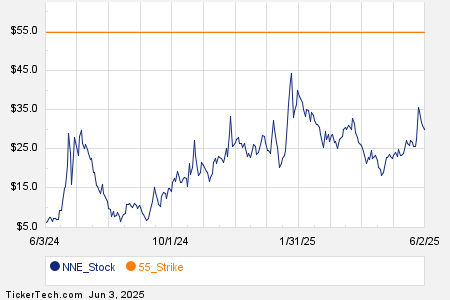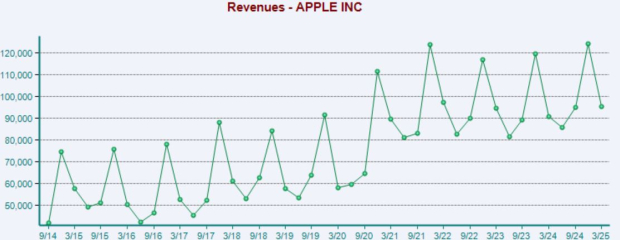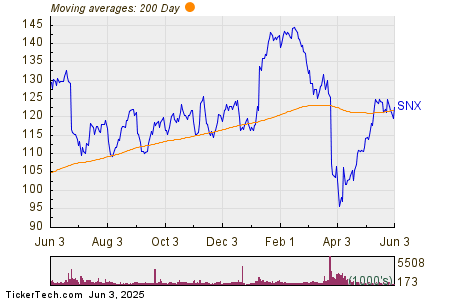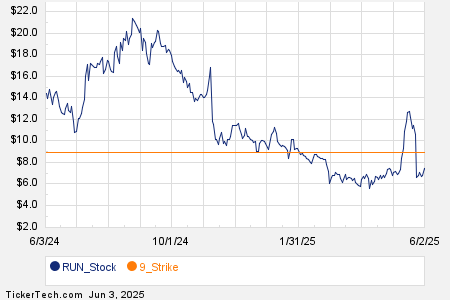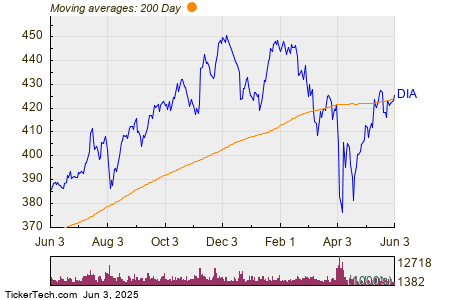Snap’s Stock Plummets: Down Over 20% Year-to-Date
Snap (NYSE: SNAP) has experienced a decline of more than 20% this year, falling over 50% from its highs in July last year. As of yesterday’s market close, the stock traded around $8 per share. This decline stems from a lack of second-quarter guidance, worries over macroeconomic impacts on advertising demand, and slower revenue growth.
Financial Concerns Highlighted
Despite being priced at about $8, Snap’s stock trades at nearly 35 times its last twelve months’ cash flow, resulting in a cash flow yield of approximately 2.9%. In comparison, Meta Platforms trades at just 17 times cash flow, with consistent revenue growth of 13% per year versus Snap’s 9%. This raises questions about the justification for Snap’s high valuation.
Valuation and User Growth Context
Snap has shown modest revenue growth averaging 9% over the past three years alongside net margins of -13%. Despite this, the company’s daily active users increased from 319 million in 2021 to 460 million now. This user growth has historically attracted market interest.
Challenges Ahead for Snap
While user growth may continue, Snap’s primary challenge lies in increasing its Average Revenue Per User (ARPU). Failure to do so may slow revenue growth further. Additionally, the company remains unprofitable, and integrating AI into its services could put more strain on margins.
Comparison with Meta
Unlike Snap, Meta’s established presence in digital communication allows it to trade at about 17 times cash flow with 13% annual growth. If Snap were valued similarly, its share price could drop to around $4, implying a 50% further decline. Snap’s ability to sustain or lower its valuation remains uncertain.
Potential for Recovery
Snap’s reliance on digital advertising, especially from sectors like retail and tech, provides a glimmer of hope. Advertising spend often rebounds during favorable economic conditions, and there is pent-up demand from brands that reduced their advertising amidst economic uncertainty. Increased advertiser activity could significantly enhance Snap’s revenue without needing to hike ad prices.
Assessing Investment Risks
Evaluating Snap against Meta is essential in understanding its risk-reward profile. Investors must consider whether to invest in Snap, maintain cash to avoid market risk, or choose an S&P 500 ETF. The key question is how much potential return SNAP offers over cash compared to its risks.
Snap currently represents a “high valuation” stock, trading at approximately 35 times Price-to-Free Cash Flow (P/FCF). Contextualizing Snap against Meta’s more reasonable multiples offers a clearer perspective on investment viability.
Investing in a single stock carries inherent risks. Conversely, the Trefis High Quality Portfolio, comprised of 30 selected stocks, has historically outperformed the S&P 500 over the past four years, demonstrating a better risk-reward balance.
The views and opinions expressed herein are those of the author and do not necessarily reflect those of Nasdaq, Inc.

